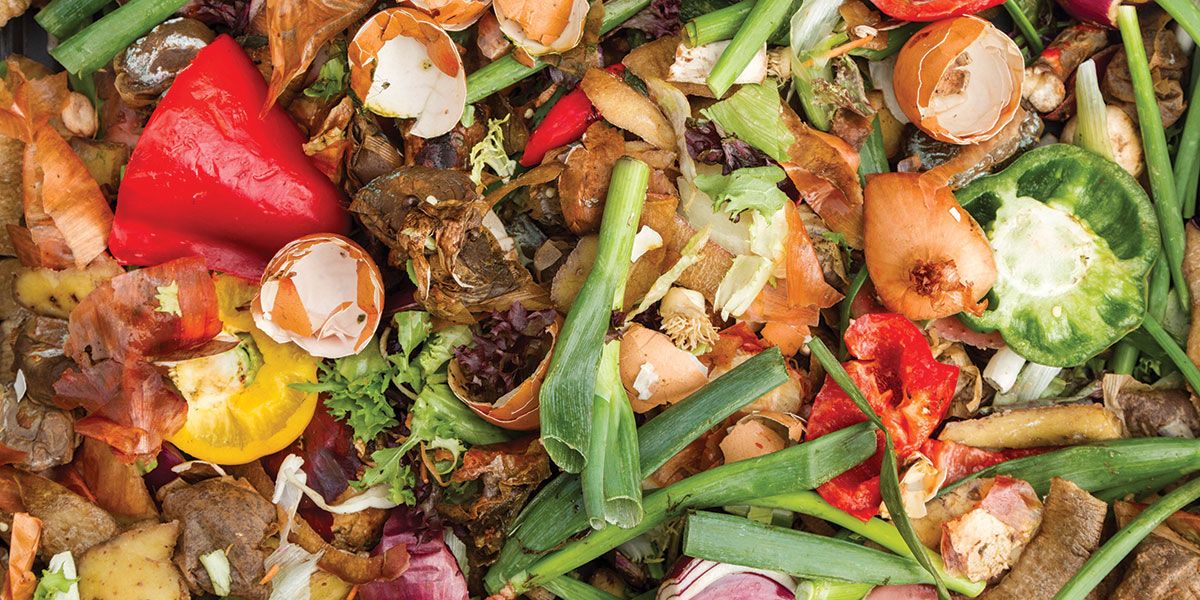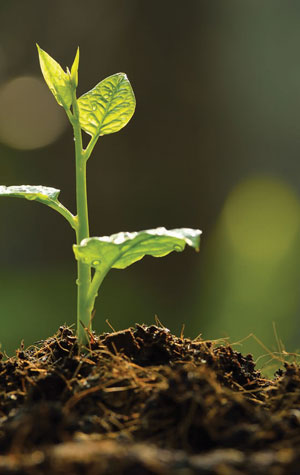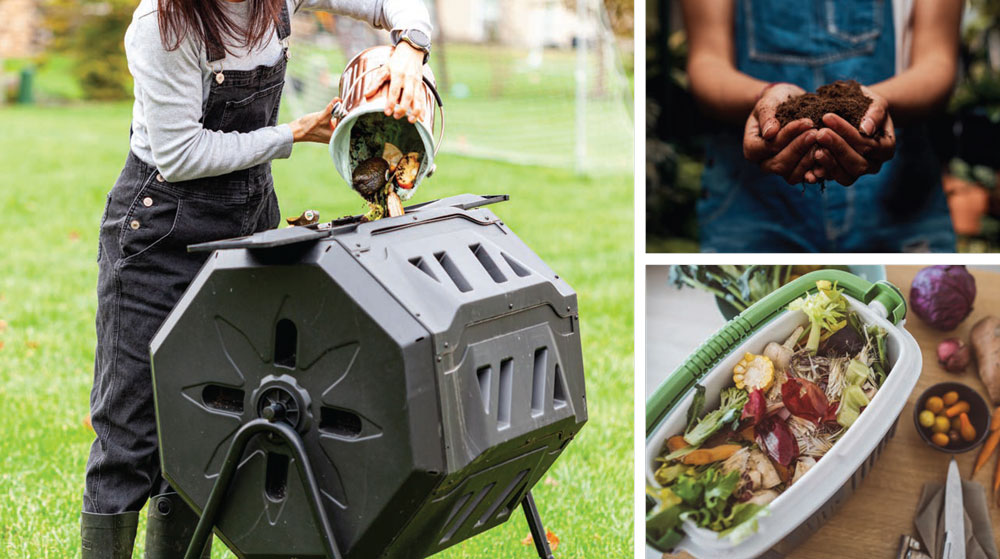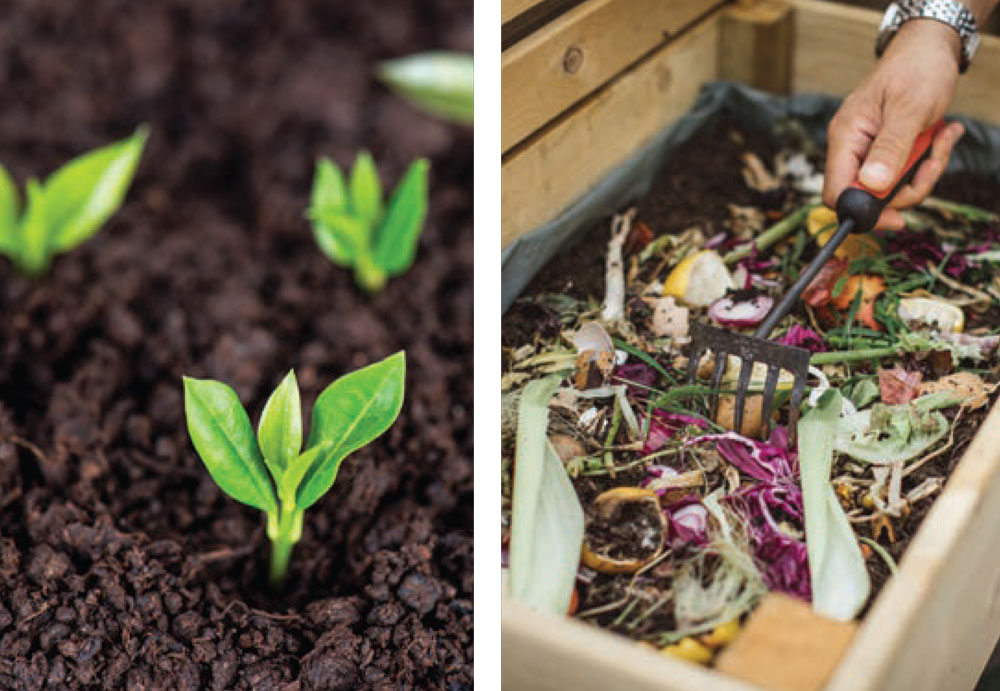TURNING WASTE INTO WONDER

A Guide to the Basics and Benefits of Composting
 Composting is an age-old practice that has gained renewed importance in today’s eco-conscious world. By turning organic waste into nutrient-rich soil, composting not only reduces landfill waste but also nourishes gardens and landscapes. Whether you’re a seasoned gardener or a beginner, understanding the basics of composting can help you contribute to a healthier environment while enriching your plants. In this article, we’ll explore the essentials of composting, the types of compost, its benefits, suitable materials, and some handy tips and tricks to get the most out of your composting efforts.
Composting is an age-old practice that has gained renewed importance in today’s eco-conscious world. By turning organic waste into nutrient-rich soil, composting not only reduces landfill waste but also nourishes gardens and landscapes. Whether you’re a seasoned gardener or a beginner, understanding the basics of composting can help you contribute to a healthier environment while enriching your plants. In this article, we’ll explore the essentials of composting, the types of compost, its benefits, suitable materials, and some handy tips and tricks to get the most out of your composting efforts.
The basics of composting
At its core, composting is a natural process of decomposition that transforms organic materials, like kitchen scraps and yard waste, into a dark, crumbly substance known as compost. This rich, earthy material is packed with nutrients and can be used to improve soil health, making it a gardener’s best friend.
You have control of how simple or complex you’d like your composting to be! At its simplest, a compost pile can be developed in your backyard by regularly adding organic waste and letting nature do its work. The process is driven by microorganisms, such as bacteria and fungi, that break down the materials. Over time, with the right balance of moisture, oxygen and temperature, these materials decompose into a rich humus that can be used to fertilize and condition soil. Conversely, there are more intricate composting measures that allow you to fine tune and control the process.
Types of compost
Not all compost is the same, and the type you produce can vary depending on the materials used and the composting method.
COLD COMPOSTING
This is the most basic form of composting where organic materials are added to a pile and left to decompose naturally over time. It’s low maintenance but slow, often taking up to a year to produce usable compost.
HOT COMPOSTING
This method is faster, taking only a few months to produce compost, but it requires more effort. By maintaining the right balance of green (nitrogen-rich) and brown (carbon-rich) materials, and regularly turning the pile to introduce oxygen, you can keep the internal temperature of the pile between 130 and 150 degrees. This high temperature speeds up decomposition and kills weed seeds and pathogens.
VERMICOMPOSTING
This is composting with the help of worms, usually red wigglers. The worms eat organic material and excrete castings, which are rich in nutrients and beneficial microorganisms. Vermicomposting is ideal for small spaces or indoor composting, as it produces high-quality compost with minimal odor.
BOKASHI COMPOSTING
This method, originating from Japan, uses a special mix of microorganisms to ferment organic waste in an anaerobic environment. It’s especially effective for composting meat and dairy, which are usually problematic in traditional composting. Bokashi composting is quick and can be done indoors, making it a great option for those who may live in apartments, condominiums or other areas where there is limited outdoor access.
The benefits of composting
Composting offers numerous benefits, both for your garden and the environment:
SOIL ENRICHMENT
Compost is often referred to as “black gold” because of its ability to improve soil structure, increase moisture retention, and provide essential nutrients. It helps create healthy, fertile soil that supports robust plant growth.
WASTE REDUCTION
By composting, you can divert up to 30 percent of your household waste from landfills. This reduces the amount of methane, a potent greenhouse gas, produced by decomposing organic matter in landfills.
ECO-FRIENDLY GARDENING
Composting reduces the need for chemical fertilizers, which can be harmful to the environment. It also helps prevent soil erosion and can even remediate contaminated soils by binding heavy metals and other pollutants.
COST SAVINGS
Making your own compost means you don’t need to buy commercial fertilizers, mulches or soil conditioners, saving you money in the long run.
Materials to compost
The key to successful composting lies in knowing what materials to include.
GREENS
These are nitrogen-rich materials that help to activate the composting process and include kitchen scraps such as fruit and vegetable peelings, coffee grounds, eggshells, grass clippings and garden waste.
BROWNS
These are carbon-rich materials that provide energy for microorganisms and help maintain structure in the compost pile. Examples include dried leaves, straw, cardboard, paper, wood chips and small branches.
It’s important to maintain a good balance between greens and browns — typically, a ratio of 2:1 (browns to greens) works well. This balance ensures the right conditions for decomposition and helps avoid issues like odor or slow composting.
Composting containers
Finding the perfect composting container can make your composting journey smoother and more enjoyable! There are a few different options, each with its own perks. Traditional compost bins are great for backyard composting. They’re usually cylindrical with a lid and some ventilation holes, making it easy to add your scraps and keep the process going smoothly.
If you want to speed things up, a compost tumbler might be just the thing. These bins are on a stand and can be rotated, which helps mix and aerate the compost more efficiently. If space is tight, don’t worry — there are indoor options too. Kitchen compost pails are handy for collecting scraps in your kitchen until you’re ready to transfer them to a larger compost bin, while vermicomposting bins use worms to break down your waste indoors. Each container has specific benefits, so think about your space, how much waste you have and what you’re hoping to achieve with your composting.
Composting tips and tricks
To help you get the most out of your composting efforts, here are some practical tips and tricks:
CHOP MATERIALS
Cutting up larger pieces of organic matter, such as fruit peels or branches, into smaller pieces will speed up the decomposition process.
TURN THE PILE
For hot composting, regularly turning the pile (every 1-2 weeks) helps to aerate it, ensuring that the microorganisms have enough oxygen to thrive. This also helps distribute moisture and heat evenly.
MONITOR MOISTURE
The compost pile should be as moist as a wrung-out sponge. If it’s too dry, decomposition slows down; if it’s too wet, it can become anaerobic and start to smell. You can manage this process by adding water or dry materials as needed to maintain the right moisture level.
AVOID COMPOSTING CERTAIN ITEMS
Not everything organic belongs in a compost pile. Avoid adding meat, dairy, fats, diseased plants and pet waste, as these can attract pests and create unpleasant odors.
PATIENCE PAYS
Composting is a natural process that takes time. Depending on the method and conditions, it can take anywhere from a few months to a year to get finished compost. Be patient and remember that the amazingly rich end product is worth the wait.
Composting is a simple yet powerful way to reduce waste, enrich your soil and contribute to a healthier planet. By understanding the basics, choosing the right method and following a few tips and tricks, you can turn your organic waste into valuable compost that benefits your garden and the environment. ✦
bokashi composting, cold composting, Composting, decomposition, eco-conscious, eco-friendly gardening, hot composting, Kitchen scraps, nutrient-rich soil, organic materials, organic waste, vermicomposting, yard waste









